|
Lately in clinic, I have been hearing a lot of concerns regarding painful nails, sometimes accompanied by red, hot and swollen surrounding skin, OUCH! The type of nails that just don’t seem to know where to grow and patients are completely bewildered as to what they have done to deserve this?! These types of nails are often referred to as involuted or if you’re experiencing the worst type, INGROWN. Ingrown vs involuted is quite simple. Involuted refers to a nail shape that as it grows, changes shape encroaching on the surrounding skin causing pain. Involuted nails can have varying degrees of pain and curvature in the plates shape. An ingrown nail is one that has surpassed this and is now cutting into the skin, commonly causing infection or the skin to hypertrophy (increase in size) and envelop the nail plate. These are incredibly painful and can stop you from doing what enjoy such as playing sport or performing the worm on the dance floor, pain free. What causes this stubborn issue?! Usually there are multiple factors contributing to your nails misbehaving in this way. Until you discuss what you and your feet have been up to with your Podiatrist, it may be hard to put your finger (or toe) on it. It is all good and well addressing symptoms of pain much like any other problem in the body, however, until you 'nail' the cause, this can stick with you for many new shoes, netball games, trail runs or whatever it's stopping you from doing. The main causes include (some more common than others)
Who experiences these pesty nails? Any one can have involuted or ingrown nails. Usually seen from the age of wearing footwear and consistent weightbearing, onwards e.g. walking and running around. Anyone that is exposed to one, many or any of the above-mentioned causes is vulnerable to involuted or ingrown toenails! How do we tame these naughty nails? Let’s talk involuted…
And of course, the nasty ingrown…
Depending on whether this is your first one or you’ve had this recurring problem for years, the main message I want you to take away from this blog, is there is hope and your toe/s will be looking and feeling great again before you know it! Image 1 - http://dubaipodiatry.com/ingrown-toenail-dubai-podiatry-centre/ Image 2 - https://www.palmettostatepodiatry.com/ways-to-prevent-smelly-feet/ Image 3 - http://www.yourpodiatrist.com.au/condition/ingrown-toenails/ Written by Anneliese Ball Podiatrist at Health Associates Working Monday and fortnightly Saturday  Anneliese Ball Podiatrist Anneliese is at Health Associates as a podiatrist working Monday and fortnightly Saturday. She holds both a Bachelor of psychology and podiatry and has dedicated herself to studying full time for 7 years. As a podiatrist she combines her proficient knowledge of human mechanics and ability to connect and engage with her patients to deliver outstanding clinical outcomes and an exceptional customer experience. Anneliese loves health and fitness and enjoys encouraging her patients to maximise their health.
0 Comments
Hamstring strain is a common sporting injury due to the muscle being prone to tears and strains. They are common in sports that need a large amount of speed, power and agility such as rugby (54% of injuries), AFL, athletics (14%), basketball and football (10%). It hasn’t been un-noticed that 2019 appears to be the year of hamstring injuries with some big-name players in the NRL suffering tears to their hamstrings early in the season such as Tom trbojevic and Matt Moylan. To understand why this is happening to these professional athletes so early in the season we need to know what hamstring injuries are, the anatomy of the muscle, signs and symptoms of an injury, possible factors that make an athlete more at risk and ways to prevent hamstring strains from occurring. When an injury does occur, we must know what to do and how to manage it to return to play as soon as possible. WHAT ARE HAMSTRING STRAINS/TEARS? Acute hamstring injuries occur when there is a forceful contraction of the posterior thigh muscle/s or a sudden movement, this occurs when hamstrings decelerate hip flexion and knee extension. The person immediately feels discomfort and is aware of what has happened, there can be an audible pop. A Hamstring strain can occur in one or more of the three muscles in the group. ANATOMY OF THE HAMSTRING
SIGNS AND SYMPTOMS Hamstring strains are classified from grade 1-3 depending on severity. Grade 1 (Mild)
Grade 2 (Moderate)
Grade 3 (Severe)
RISK Hamstring injuries usually occur due to an imbalance between itself and the quadriceps muscle. The quadriceps are large and powerful group of muscle that extend (straighten) the leg at the knee joint. When there is a powerful contraction of the quadriceps muscle it may over stretch the hamstring and place a large load on the muscle.
PREVENTION
ACUTE MANAGEMENT
REHABILITATION
RETURN TO PLAY (depending on how well managed the injury is)
Early return to play and/or poor rehabilitation of the injured muscles will increase the chance of re-injury. Full range of motion and strength is required along with the muscles ability to endure full speed training. The player must be able to perform sports related activities such as jumping, sudden change of direction and twisting. Joshua Hallinan Chiropractor Working Tuesday and Thursday at Health Associates References Prior, M., Guerin, M., & Grimmer, K. (2009). An Evidence-Based Approach to Hamstring Strain Injury: A Systematic Review of the Literature. Sports Health, 1(2), 154–164. Hamstring Strain Injuries: Recommendations for Diagnosis, Rehabilitation, and Injury Prevention Bryan C. Heiderscheit, Marc A. Sherry, Amy Silder, Elizabeth S. Chumanov, and Darryl G. Thelen Journal of Orthopaedic & Sports Physical Therapy 2010 40:2, 67-81 Hamstring strain injuries Opar, D.A., Williams, M.D. & Shield, A.J. Sports Med (2012) 42: 209. Verrall GM, Slavotinek JP, Barnes PG, et al Clinical risk factors for hamstring muscle strain injury: a prospective study with correlation of injury by magnetic resonance imaging British Journal of Sports Medicine 2001;35:435-439. Sherry, Marc A., Tyler S. Johnston, and Bryan C. Heiderscheit. "Rehabilitation of acute hamstring strain injuries." Clinics in sports medicine 34.2 (2015): 263-284. It’s not just winter putting our feet back into enclosed shoes, we have some fierce events coming up! With the Maximum Adventure Race Series June 1st, PAYCE Sutherland 2 Surf on the 21st of July followed closely by the Sutherland Half Marathon on the 27th of July we have many things to consider in regards to our feet carrying us the distance. A big concern is those relentless BLISTERS. Blisters are so painful and self limiting, yet so many people excuse them, some even expect them! Blisters are absolutely unnecessary and you really, REALLY do not have to put up with these common pests! Blisters are just another way of our body saying “Hey, I really hate what you’re doing to me here, so I am going to let you know somethings wrong and start fixing the problem behind the scene”. The “scene” being that fluid filled, puffy sack. This is a protective mechanism the skin provides so the injured skin underneath can begin to get some TLC (tender loving care); someone’s go to do it! No other body part sustains the high coefficient of pressure and friction as much as feet do. Which is why it is so important to address internal and external factors creating blisters. Causes can include:- - Trauma; such as that from ill fitting footwear or the wrong socks (fit or material) - Poor skin integrity; too much or not enough moisture in the skin - Foot deformities or bony prominences; bunions, lumpy heel bones, clawed toes ect. - Bacterial or fungal infections; highly irritable and weak skin is prone to blistering. Prevention is going to be your most powerful tool against these merciless blisters. 1. Not only should your shoes fit well but your SOCKS should fit just as grand. From the toes all the way to the cuff of the sock should be neither tight or loose. We want to reduce the friction of any materials on our skin, so just as you’d get your shoes fitted correctly, fit your socks just as well! You can ask us about the fitting of both if you’re ever unsure of what to look for and if not more importantly, what to AVOID. 2. On the topic of SOCKS. Merino wool is going to be your best friend, especially on those long walks, runs or even big work days. Merino wool actually works to wick the moisture away from your feet keeping them in a more optimal environment for longer. Cotton actually holds moisture next to the skin increasing the risk of more nasty rubbing. Now, how can The Podiatrist help!? 1. After locating those high pressure areas on your feet or toes that are vulnerable to blistering, they can be easily protected with various different materials and devices. Not only do they provide a cushioning effect, they work to offload the area and give those sensitive areas a rest. Custom made for you, Otoform devices can provide instant relief! 2. CALLUS is that hard, dry skin that builds up adding more unnecessary pressure onto the healthy skin underneath or next to. Callus is a common culprit for causing blisters. Removal of this callus is crucial and can be safely and effectively removed. 3. It’s all about keeping the integrity of our skin and its many layers as pristine as possible! Applying a moisturiser that contains UREA (a naturally occurring compound that exfoliates and moisturises skin) is great at providing a barrier for the skin, keeping it strong and resilient against shear forces. Frequency of application, required concentration of Urea and reliable brands are just a few hot tips we can provide you with. 4. Before those big events you may want to consider TAPING your feet and or toes into a more functionally desirable position. Clawed, hammer or mallet toes are common deformities that tend to rub on shoes causing nasty sores and blisters. It is actually possible to put these toes where they should sit and behave! Taping can be highly beneficial in avoiding irritable spots anywhere on foot. 5. Never ever, ever should you have to break in your SHOES! Getting that perfect fit should never be underestimated. Understanding where and how your feet should be sitting in your shoes is a common misunderstanding. And just when you think there is no better shoe for you, we can throw in a game changing lace-lock as well. So you haven’t read this blog in time and your crippled with blisters.... 1. COMPEED Blister packs can be found at pharmacies such as Priceline. These nifty skin savers provide a medical grade technology called “hydrocolloid”. Acting as a second skin they support the natural moisture balance, reducing pain and increasing the healing rate. 2. Blisters can get big and angry, fast! If they become unmanageable or show signs of infection it’s best to bring them in for clean and safe removal, followed by a suitable dressing and ongoing management if need be. Now, that will get your feet across the finish line! References Picture 1 - https://www.runnersworldonline.com.au/blisters/ Picture 2 - https://www.youtube.com/watch?v=dgL4bWtNiWM  Anneliese Ball Podiatrist Anneliese joins Health Associates as a podiatrist working Monday and Saturdays. She holds both a Bachelor of psychology and podiatry and has dedicated herself to studying full time for 7 years. As a podiatrist she combines her proficient knowledge of human mechanics and ability to connect and engage with her patients to deliver outstanding clinical outcomes and an exceptional customer experience. Anneliese loves health and fitness and enjoys encouraging her patients to maximise their health. |
Archives
June 2021
|
|
Contact Details
Call 9542 3330
99A Loftus Ave, Loftus NSW 2232 Hours Monday & Wednesday 8am - 6pm Saturday: 8am - 12pm Early morning or later evening available by appointment Our reception is available for walk-ins on Monday, Wednesday & Saturday. Or by telephone 7 days. |

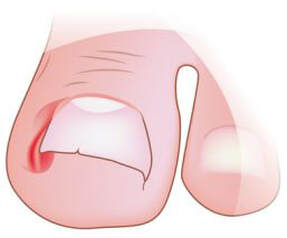
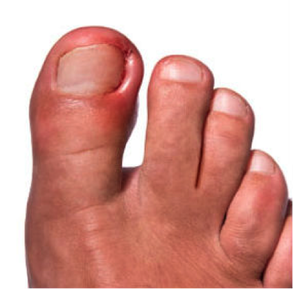
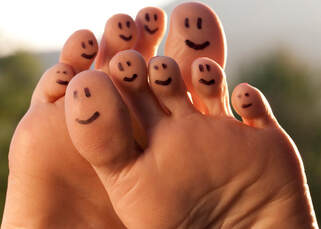
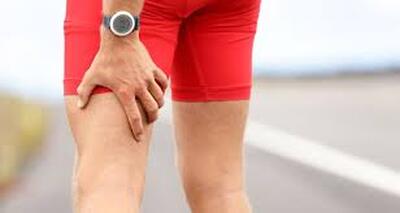
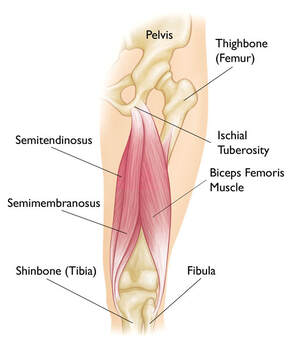
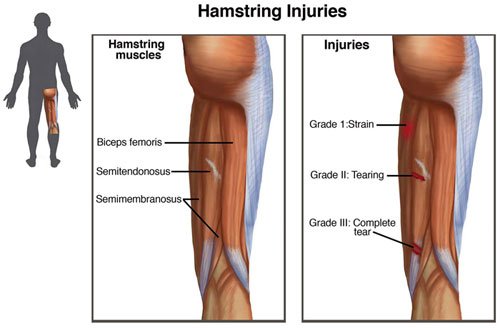
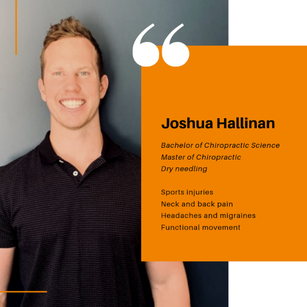
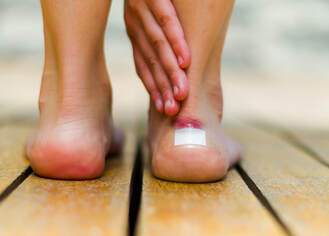
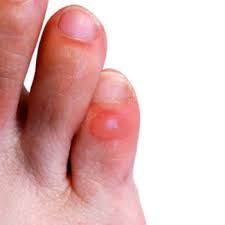
 RSS Feed
RSS Feed